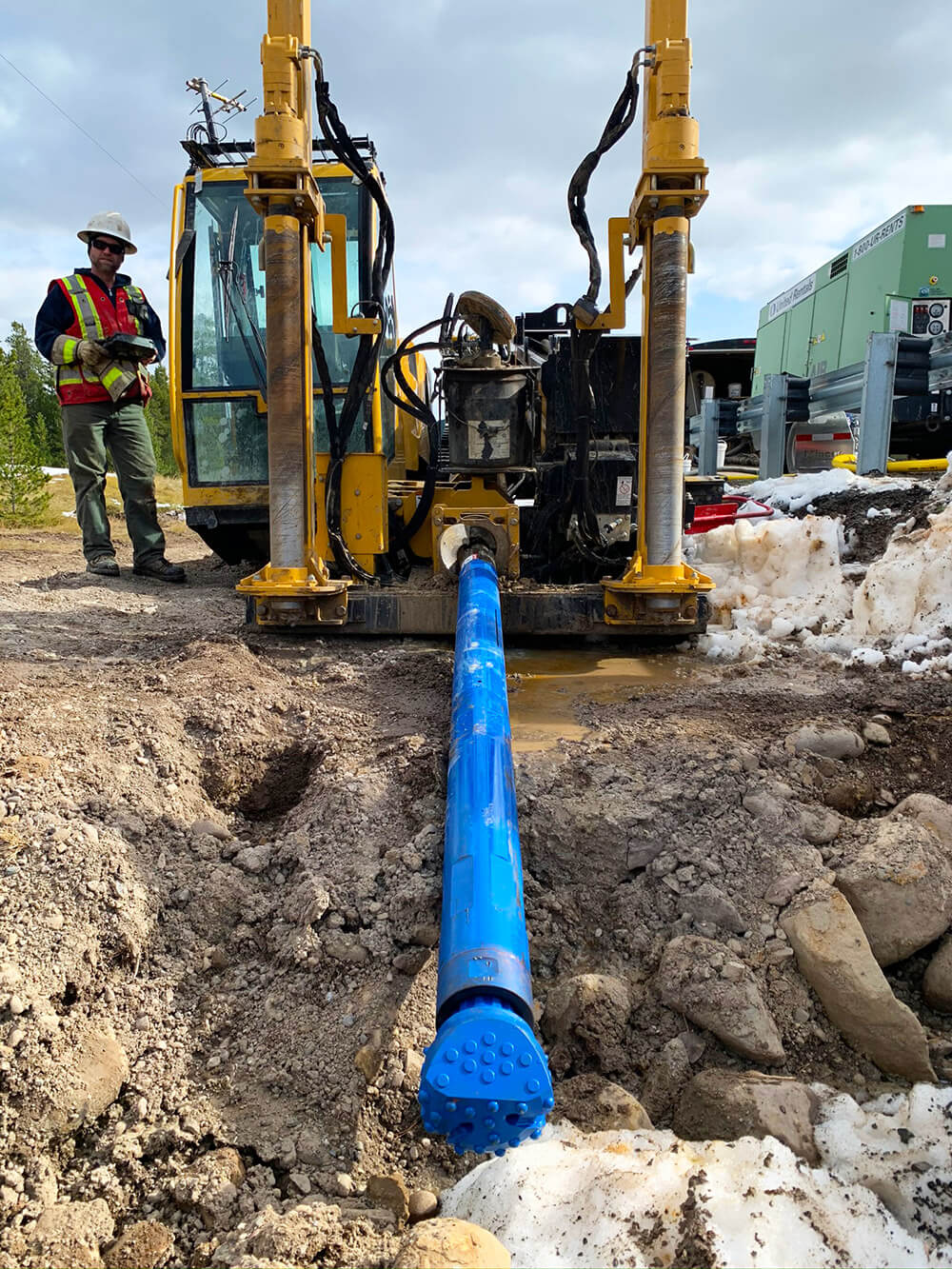Directional drilling has changed the manner sectors approach subsurface excavation and projects involving installation. By allowing users to bore at various angles and depths, this innovative technique both improves and maximizes productivity while reducing disturbances to the surface environment. As urban areas expand and the need for facilities rises, comprehending the concepts and technologies behind directional drilling becomes crucial for success in difficult terrains.

In this article, we will investigate the basics of directional drilling, covering its development, different uses, and key advantages over conventional drilling techniques. Ranging from the oil and gas industry to utility installation and renewable energy projects, directional drilling is revolutionizing how we tackle difficult underground issues. By examining the technical aspects, equipment utilized, and real-world case studies, readers will acquire important knowledge into why this technique is vital for contemporary infrastructure development, particularly in fragile or crowded locations.
Grasping Directional Boring
Directional drilling is a specific technique employed in the drilling industry to form angled or bent boreholes rather than remaining on a vertical path. This approach permits operators to attain targets that are located horizontally or at an angle from the drilling site, enhancing access to resource deposits such as oil, gas, and minerals that are otherwise challenging to reach. The process allows for greater flexibility in drilling operations, accommodating various geological formations and environmental conditions.
At its heart, directional drilling integrates advanced technology with engineering principles to navigate the subsurface terrain. By employing tools such as mud motors and rotating drill bits, drillers can direct the direction and depth of the borehole. The use of complex bore tracking and monitoring systems additionally enhances precision, ensuring that operators maintain the desired trajectory throughout the operation. https://diigo.com/0zhgyj of control is key for increasing efficiency and minimizing risk during drilling.
The applications of directional drilling cover multiple industries, including oil and gas but also in utilities and renewable energy projects. For instance, directional drilling plays a key role in installing pipelines and utilities with minimal surface disruption, which is particularly important in urban areas where space is limited. As the demand for sustainable infrastructure grows, the versatility and effectiveness of directional drilling continue to establish it as a vital technology for various applications in rugged terrains.
Benefits of Directional Boring
Horizontal drilling offers a variety of advantages over traditional drilling methods, making it a popular choice for diverse projects. One of the main benefits is its ability to reach hard-to-reach areas without extensive surface disruption. This technique allows drillers to bore at various inclinations and levels, focusing on specific layers while reducing the impact on the surrounding area. As a result, directional boring is particularly beneficial in urban areas where space is limited and surface disturbance can lead to significant difficulties.
Another benefit of horizontal drilling lies in its cost-effectiveness. By maximizing the drill trajectory and minimizing the number of drilling sites needed, companies can conserve both resources and money. Horizontal drilling often leads to quicker project completion times, which translates to lower workforce costs and quicker paybacks on investment. This effectiveness helps companies manage budgets more effectively, making horizontal drilling an appealing choice for many sectors, including oil and natural gas, utilities, and renewable power.
Additionally, horizontal boring enhances the safety and reliability of drilling operations. With advanced technologies like bore tracking and surveillance systems, drillers can ensure higher precision and prevent costly errors during the boring process. Security is further enhanced by steering clear of obstacles such as subsurface infrastructure and reducing the risk of ecological damage. As a result, horizontal boring contributes to safer work environments and more effective project outcomes, solidifying its role as a key method in modern boring methods.
Future Trends in Directional Drilling
As the demand for more effective drilling practices increases, the future of directional drilling is set to be shaped by multiple emerging technologies. Innovations including advanced data analytics and real-time monitoring systems will allow for greater precision in drill paths, ultimately reducing costs and time allocated on operations. These technologies are expected to provide operators comprehensive insights into drilling conditions, enabling quicker adjustments and superior overall performance.
AI and automation are also driving significant strides in the directional drilling landscape. With AI algorithms analyzing geological data and operational parameters, companies can optimize drilling strategies, forecasting potential challenges before they arise. Automated systems will help minimize human error, leading to safer and more efficient operations and higher success rates in complex drilling environments. The integration of these technologies not only enhances efficiency but also invites a new generation of skilled professionals eager to work with cutting-edge tools.
In addition, the role of directional drilling in sustainable infrastructure development will become more prominent. As urban areas continue to grow and expand, the need for minimal surface disruption and environmental preservation will drive the adoption of directional drilling techniques. With increased awareness of ecological impacts, companies are dedicating resources to improving practices that align with sustainable goals, such as utilizing eco-friendly drilling fluids and enhancing energy efficiency throughout the drilling process. This commitment to sustainability will be crucial in meeting the demands of future projects while balancing the needs of communities and the environment.
